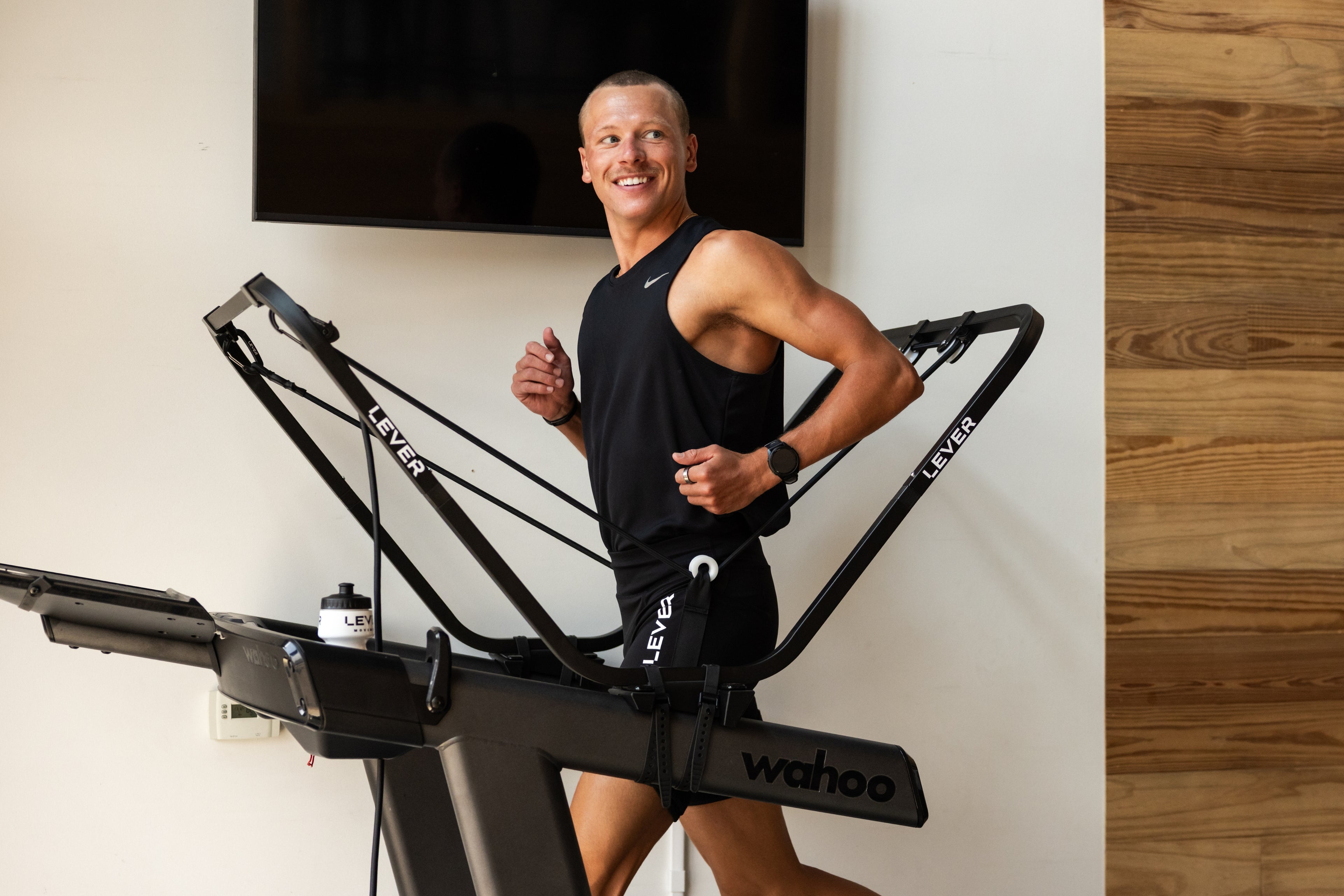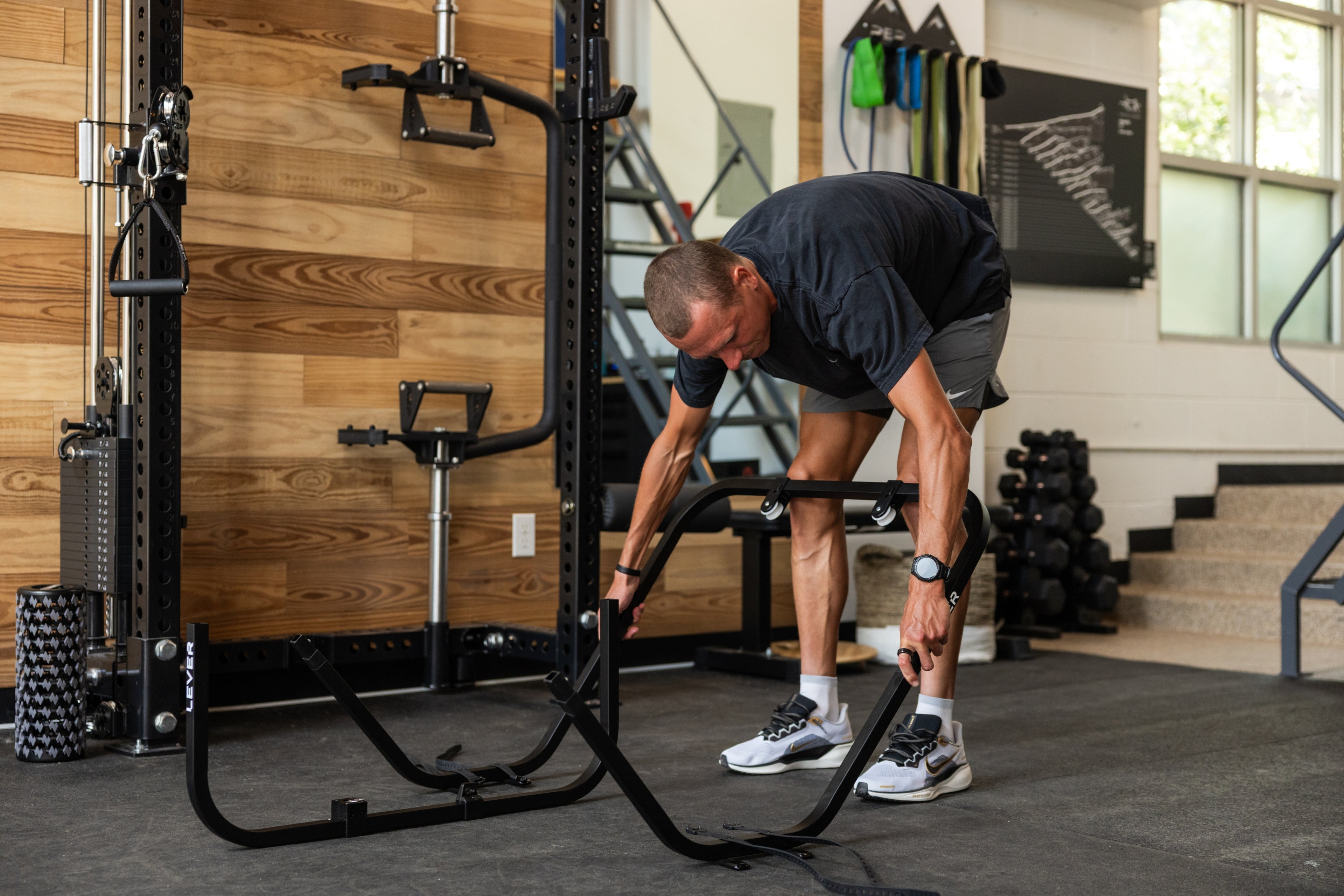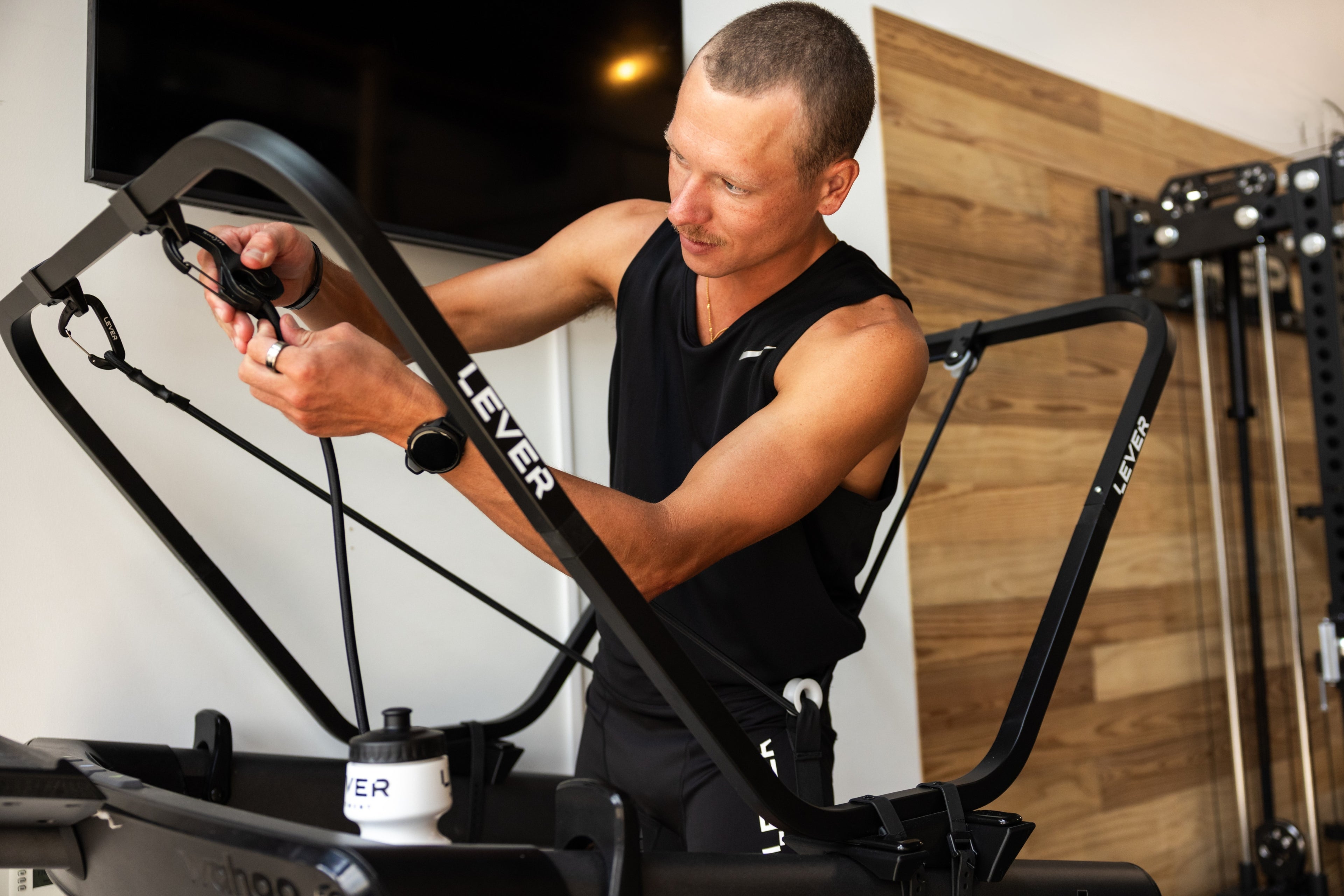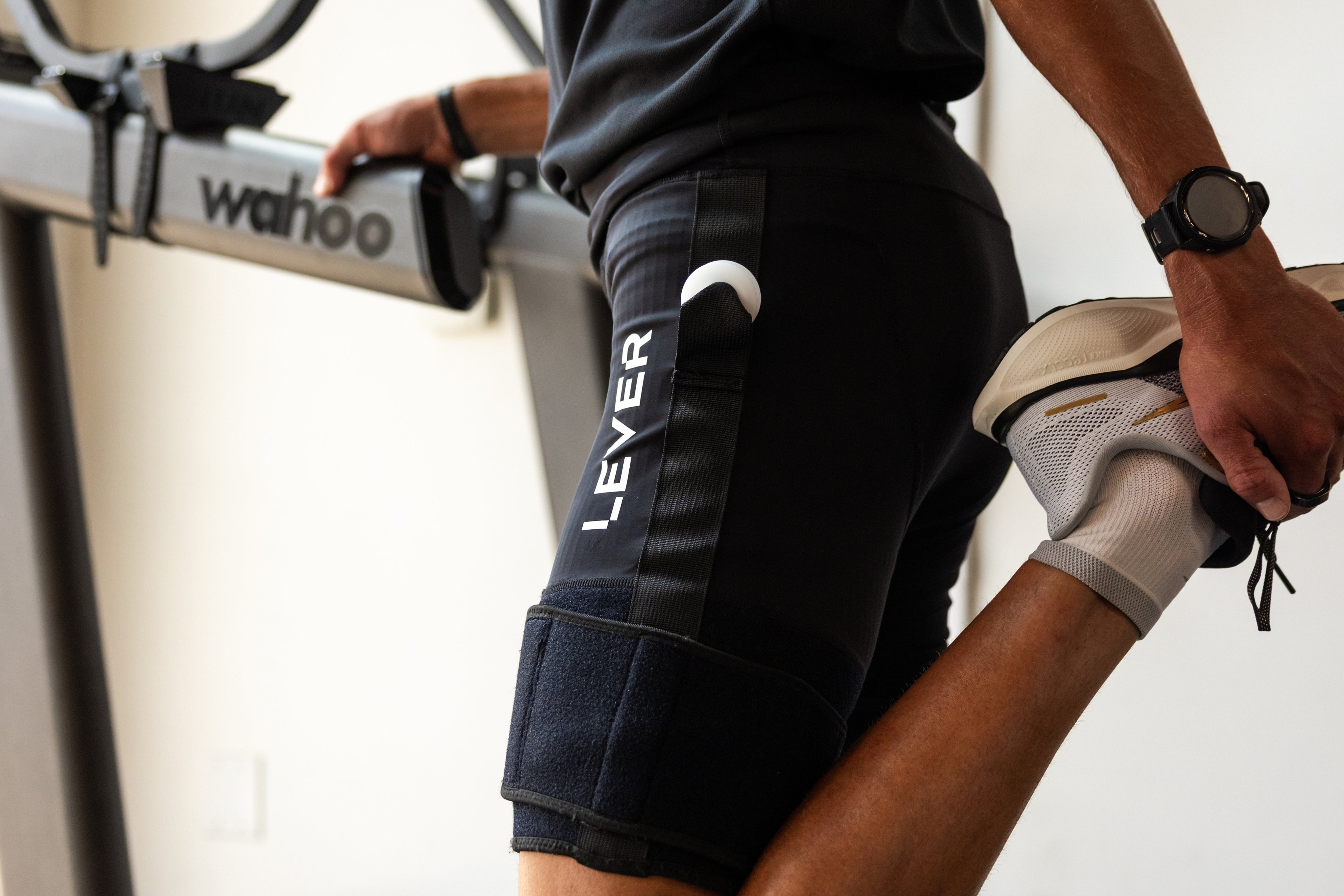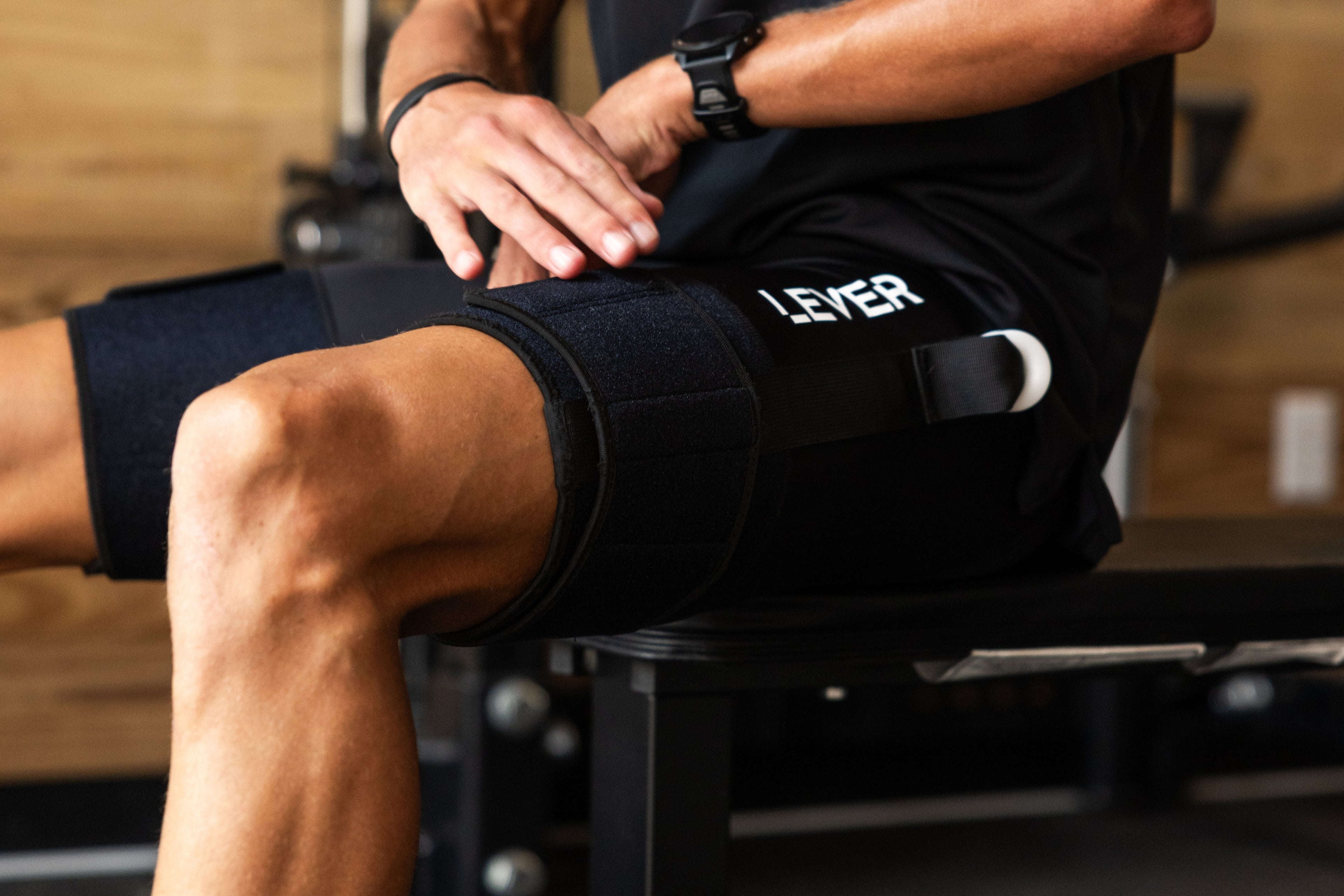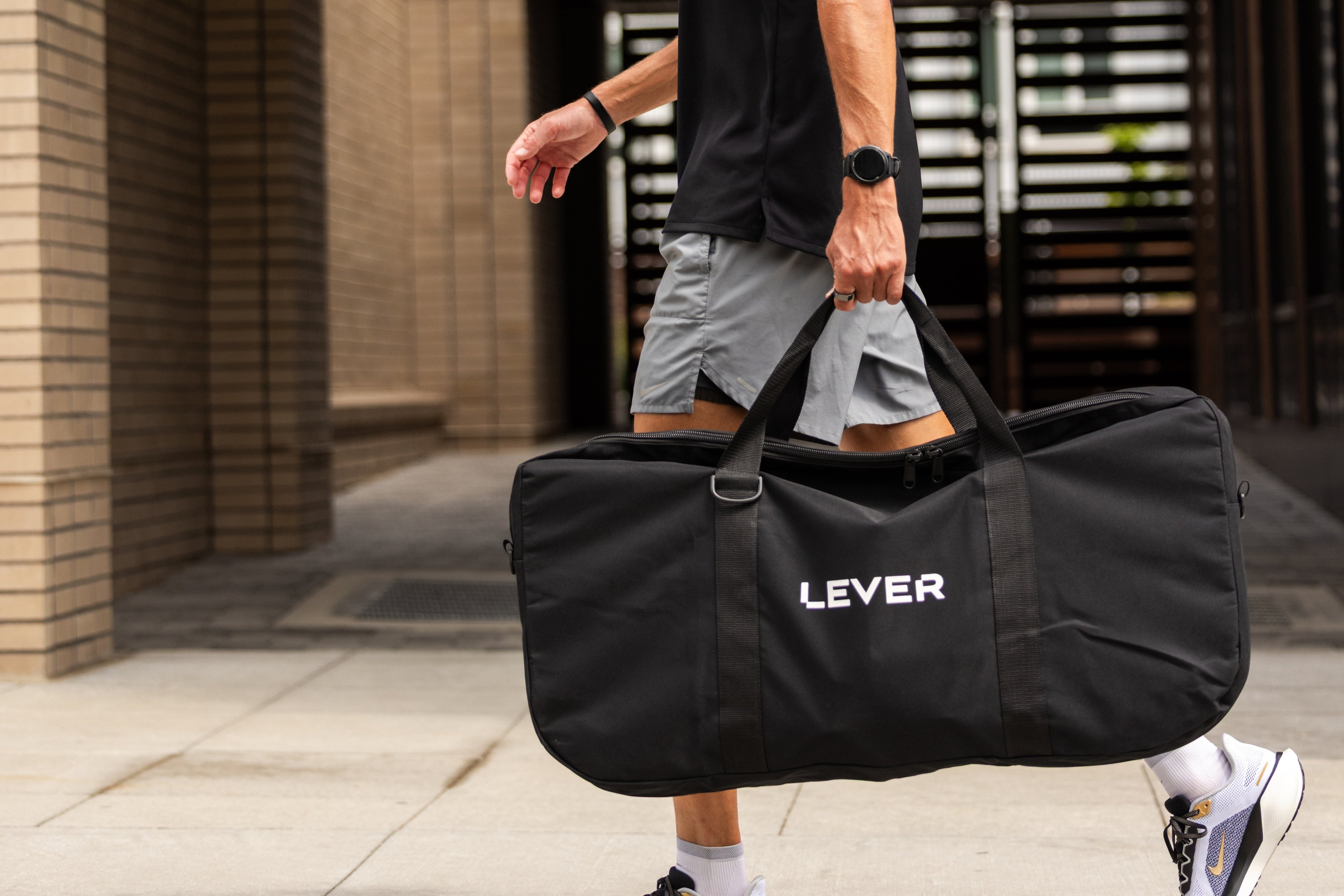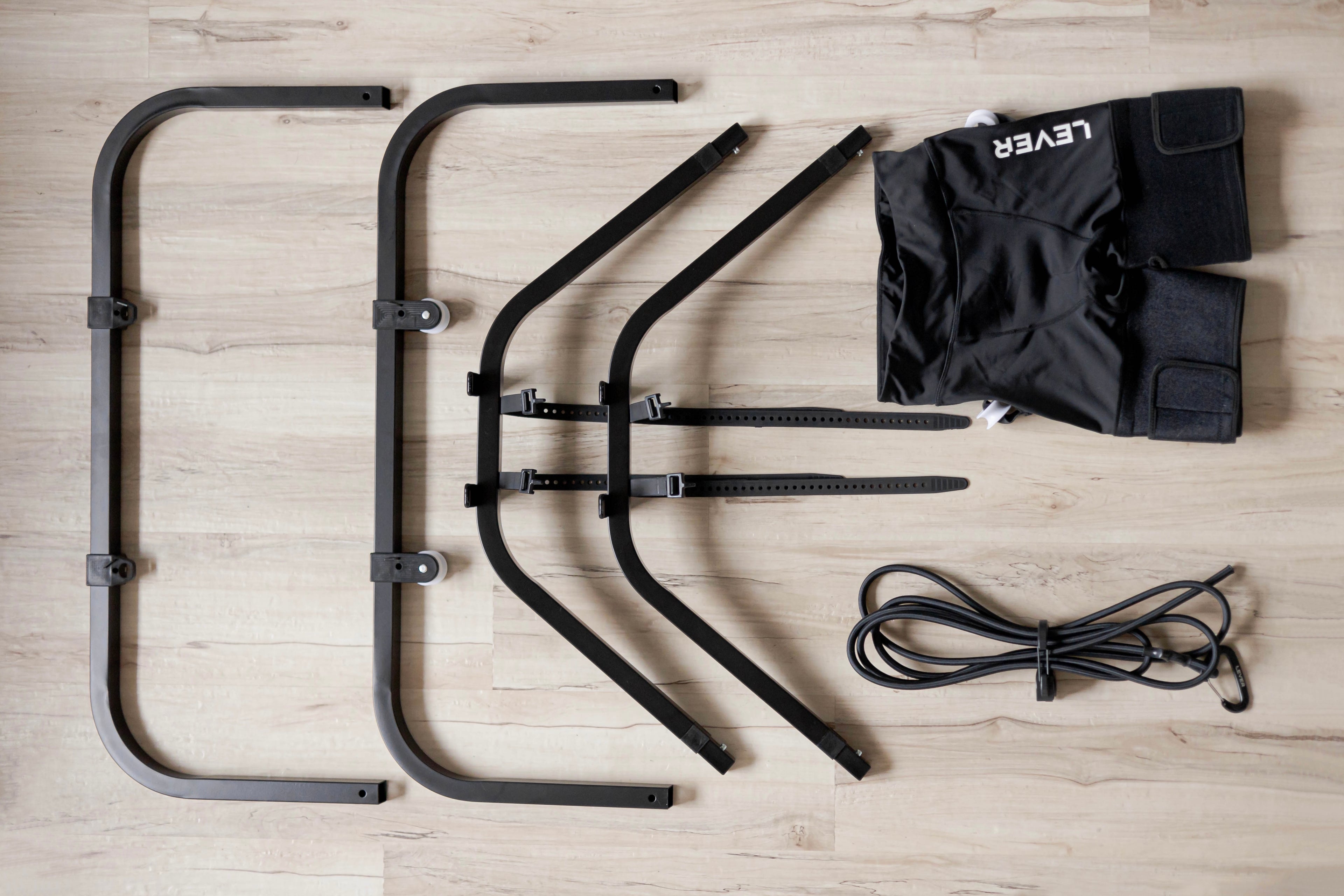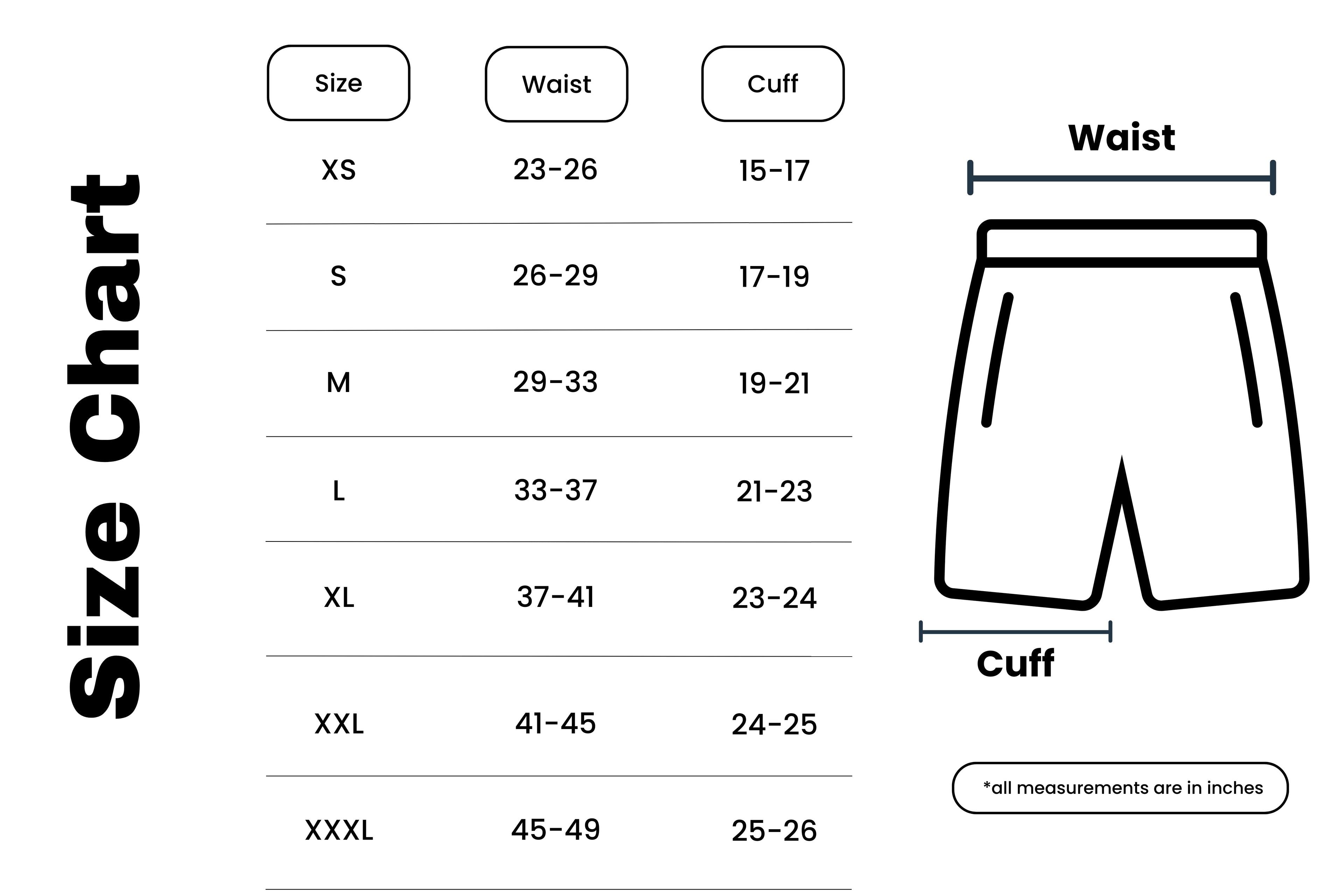For many runners and endurance athletes, increasing mileage is one of the most powerful ways to build endurance and improve performance. But more miles also come with more risk. Most running injuries aren’t freak accidents they’re the result of doing too much, too soon.
The LEVER system gives athletes a better way to build mileage. By reducing impact on the body while maintaining proper form and intensity, LEVER allows you to train smarter, stay consistent, and increase your weekly load without breaking down.
Let’s break down how it works and how to use it.
The Risk of Increasing Mileage
It’s well documented that the majority of running injuries come from overuse. The most common culprits include:
-
Increasing weekly mileage too quickly
-
Adding speed or hill work on top of volume
-
Running through fatigue or early signs of injury
Muscles and the cardiovascular system adapt faster than bones, tendons, and joints. That mismatch is what leads to breakdowns like stress reactions, plantar fasciitis, shin splints, and more.
Research shows that runners who increase their training load by more than 10% per week are significantly more likely to get injured (Hreljac, 2004).
Where LEVER Fits In
The LEVER system allows you to run while offloading up to 45 pounds of your body weight. That means:
-
Reduced ground reaction force with every step
-
Less strain on bones and soft tissue
-
A safer way to add miles, especially during high-volume or comeback phases
LEVER lets your cardiovascular system work just as hard, while giving your musculoskeletal system a break. That balance is key to sustainable volume increases.

Use Cases: How Athletes Use LEVER to Build Volume
Here are a few common ways athletes use the LEVER system to increase weekly mileage without injury:
1. Offload one or two weekly runs
Many athletes replace 1–2 outdoor runs with LEVER sessions to add 5–10 miles per week without added stress.
2. Double run days with reduced impact
Do your first run outside as normal, and use LEVER for your second to maintain volume while minimizing risk.
3. Long run volume extension
Gradually increase your long run time by doing the final 30–40 minutes on LEVER, reducing impact when fatigue is highest.
4. Comeback from injury or time off
Add back mileage using LEVER at 70–85% body weight. Progressively reload until you're back to unassisted running.
What the Research Says
Multiple studies support the use of body weight support systems for maintaining training load while reducing injury risk:
-
Body weight support treadmills help reduce vertical loading rates while preserving stride mechanics (Farina et al., 2017)
-
Cardiovascular adaptations remain similar even at reduced body weight, allowing for aerobic development without mechanical stress (Willy et al., 2016)
It’s a smart solution for runners who want to train more without overreaching.

LEVER in Action
Many LEVER athletes have used the system to build mileage during marathon blocks, Ironman prep, or injury recovery.
One triathlete added 15 miles per week over an 8-week block using LEVER 3x per week—without any joint soreness or signs of breakdown.
Another runner returning from plantar fasciitis used LEVER to maintain 40–50 miles per week, even when outdoor running was limited to 15–20.
Mileage matters but so does longevity. With LEVER, you're not just running more you're running smarter. The ability to reduce impact while preserving form, cadence, and aerobic output gives you an edge in training, especially when the volume increases.
Whether you’re building toward a big race or slowly layering in more weekly load, LEVER can help you do it safely and consistently.
Want to learn which LEVER system fits your goals? Explore the options HERE!











